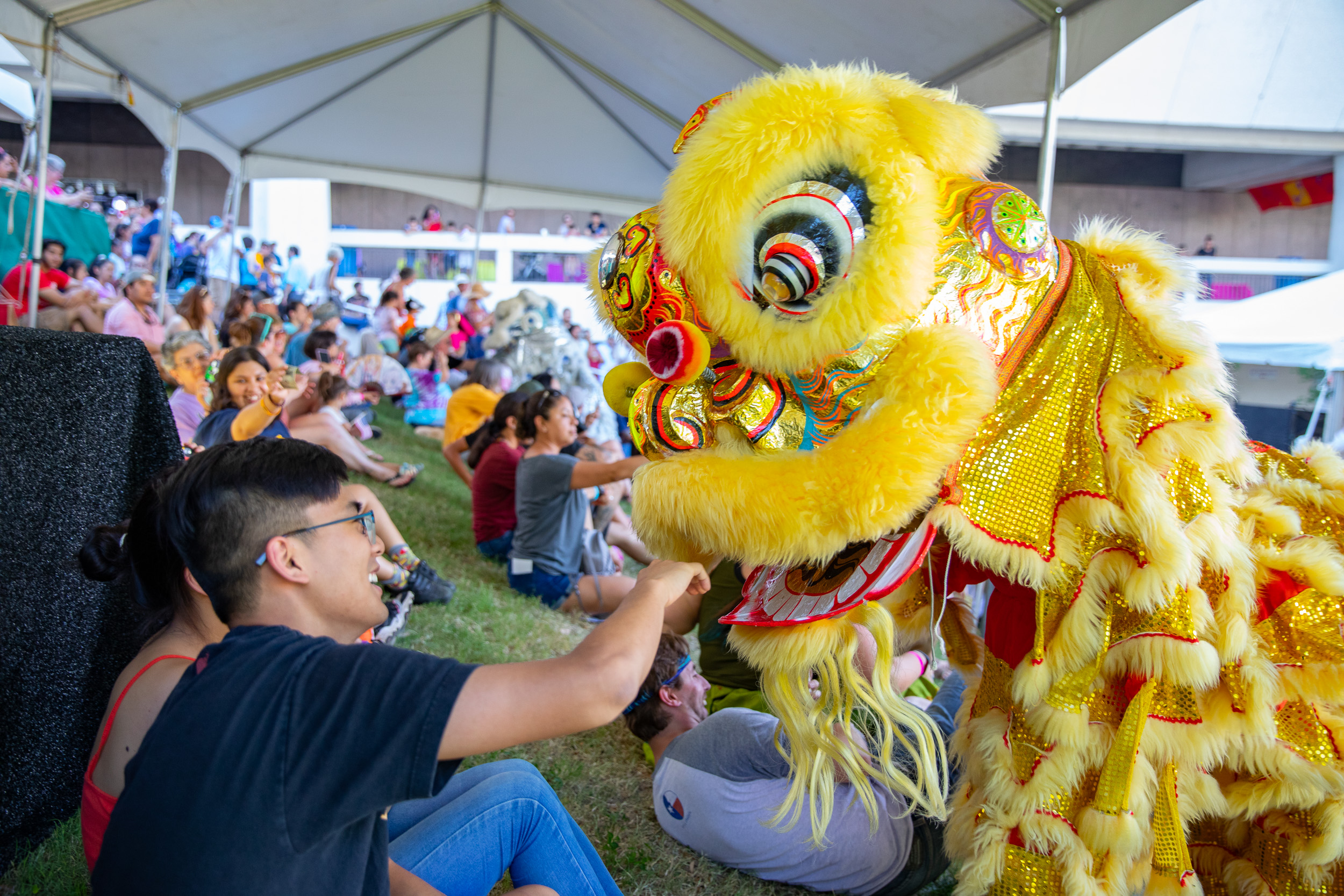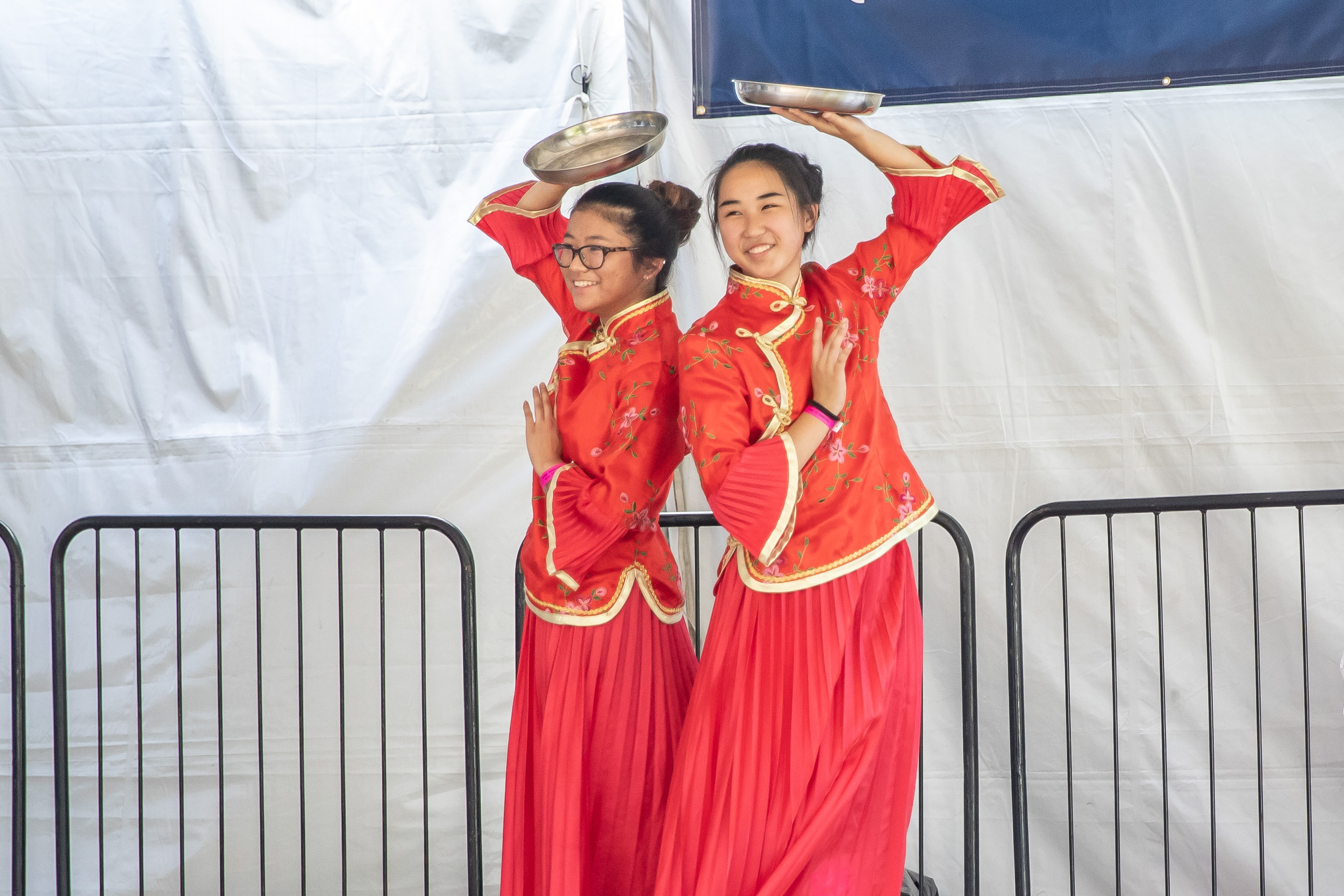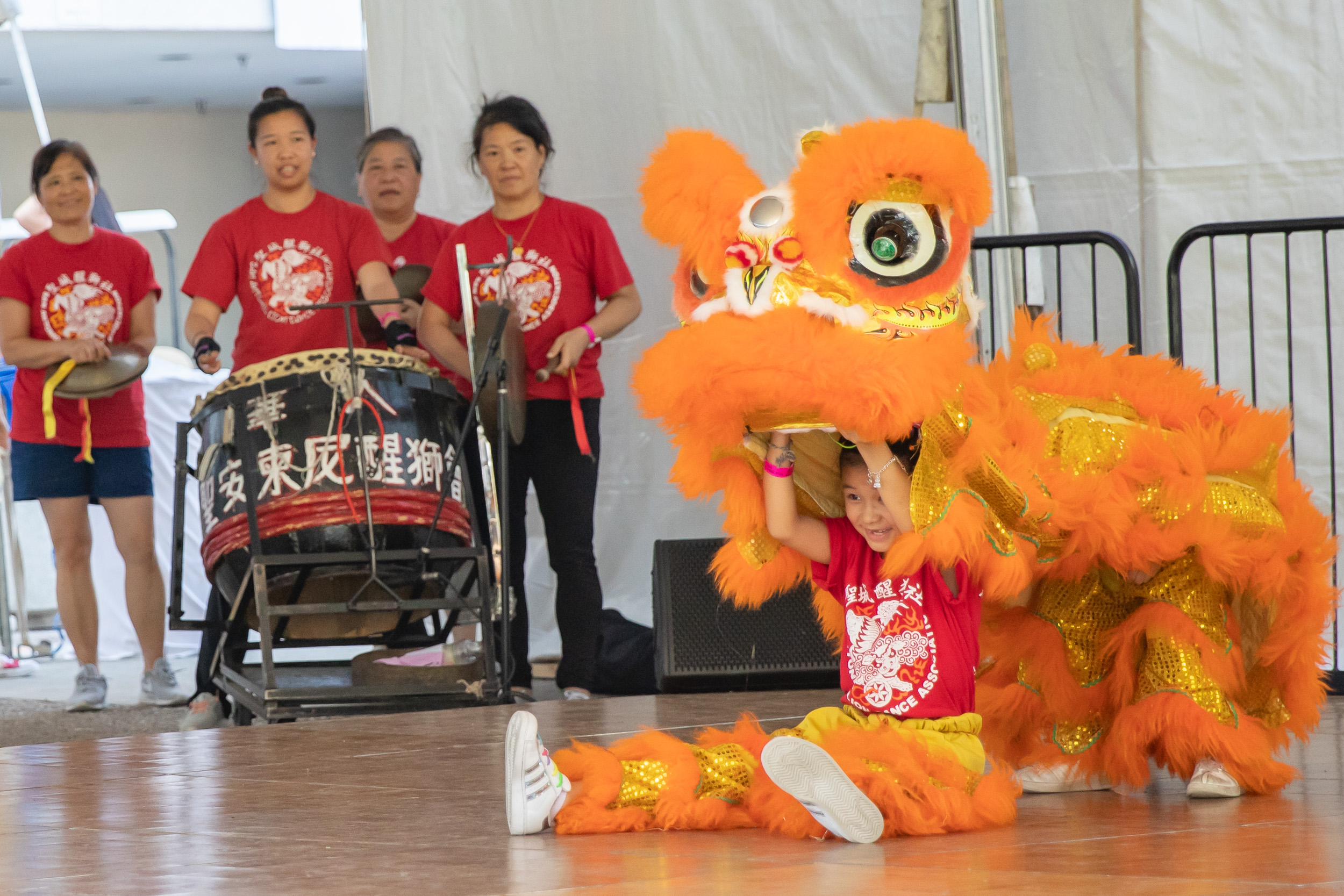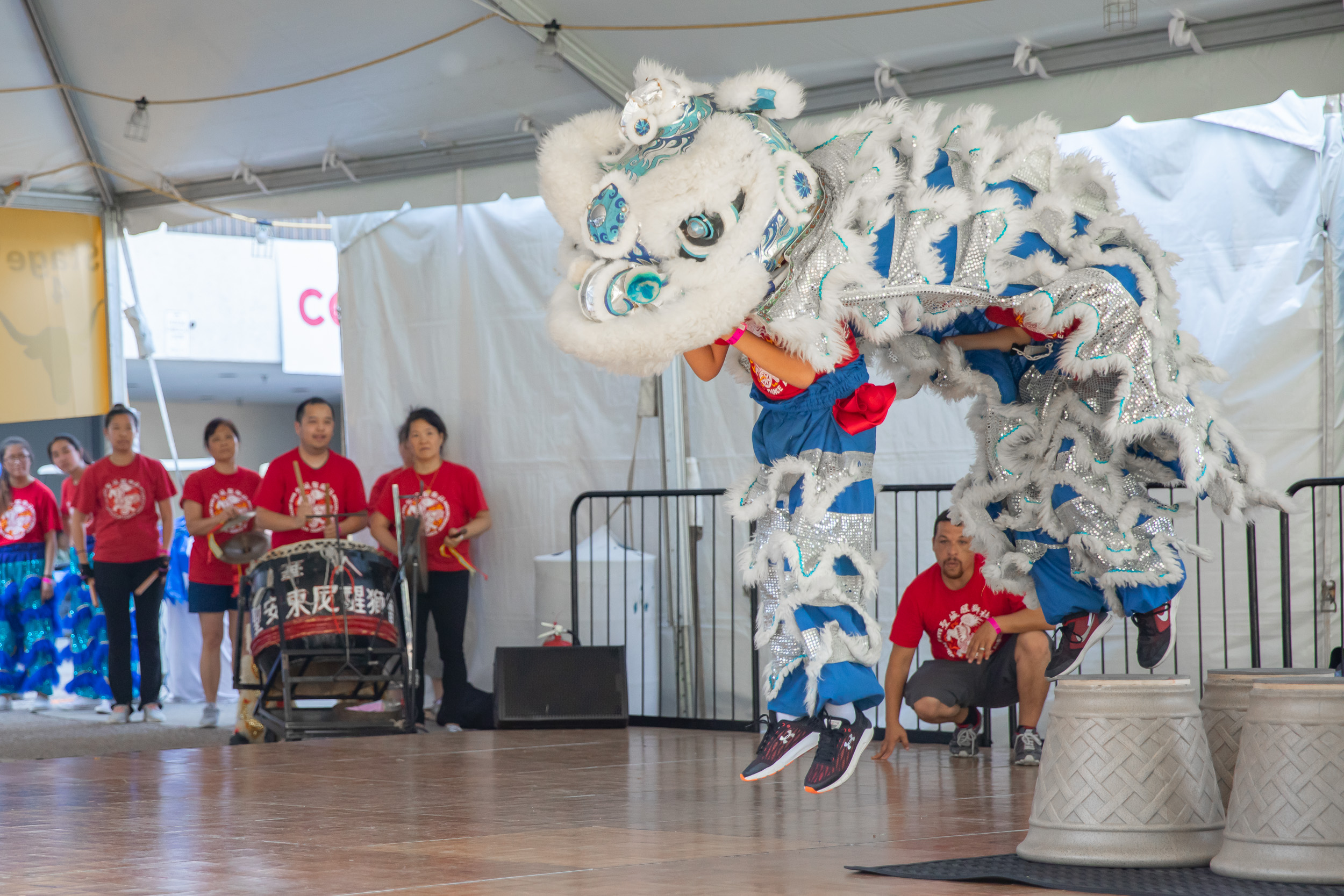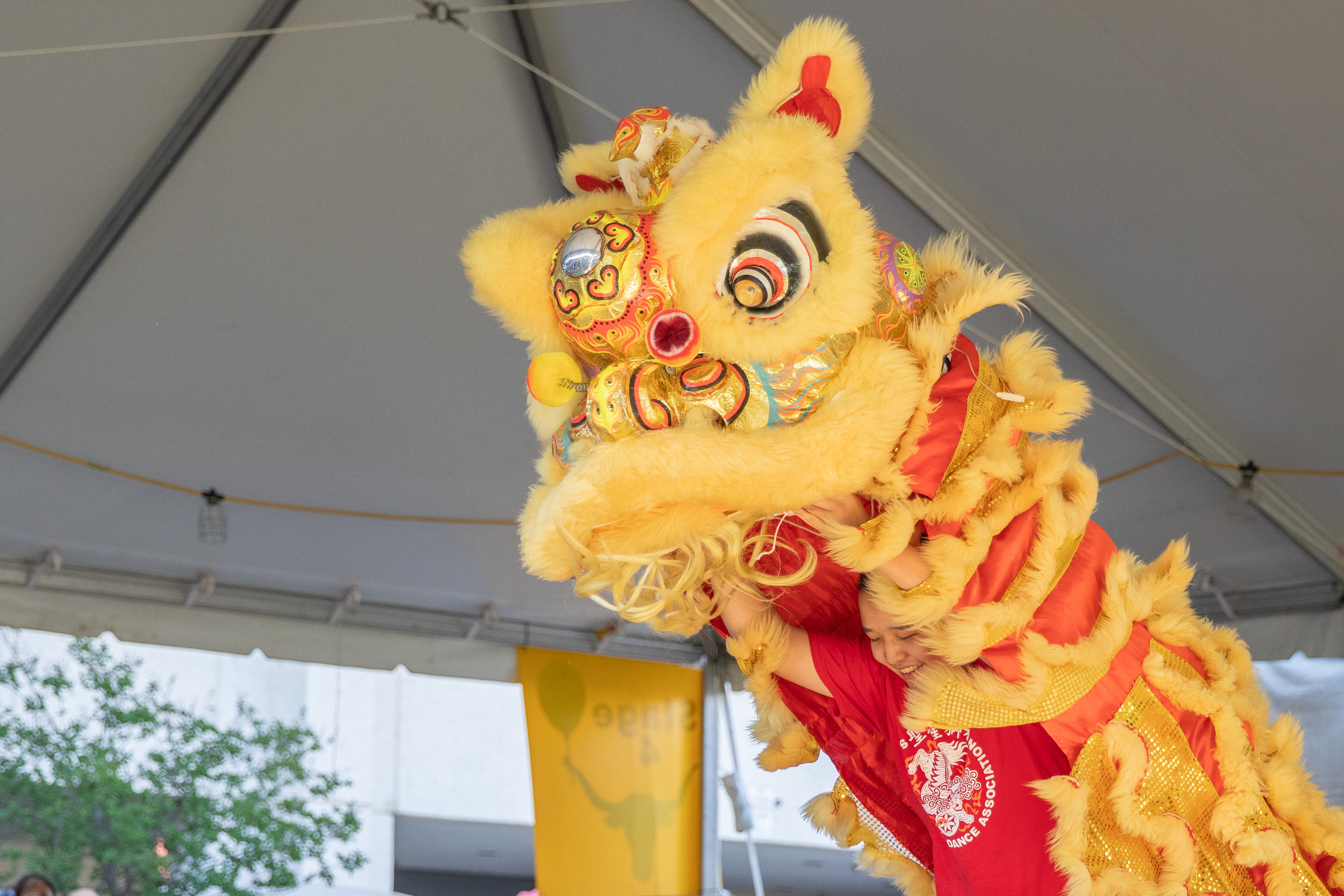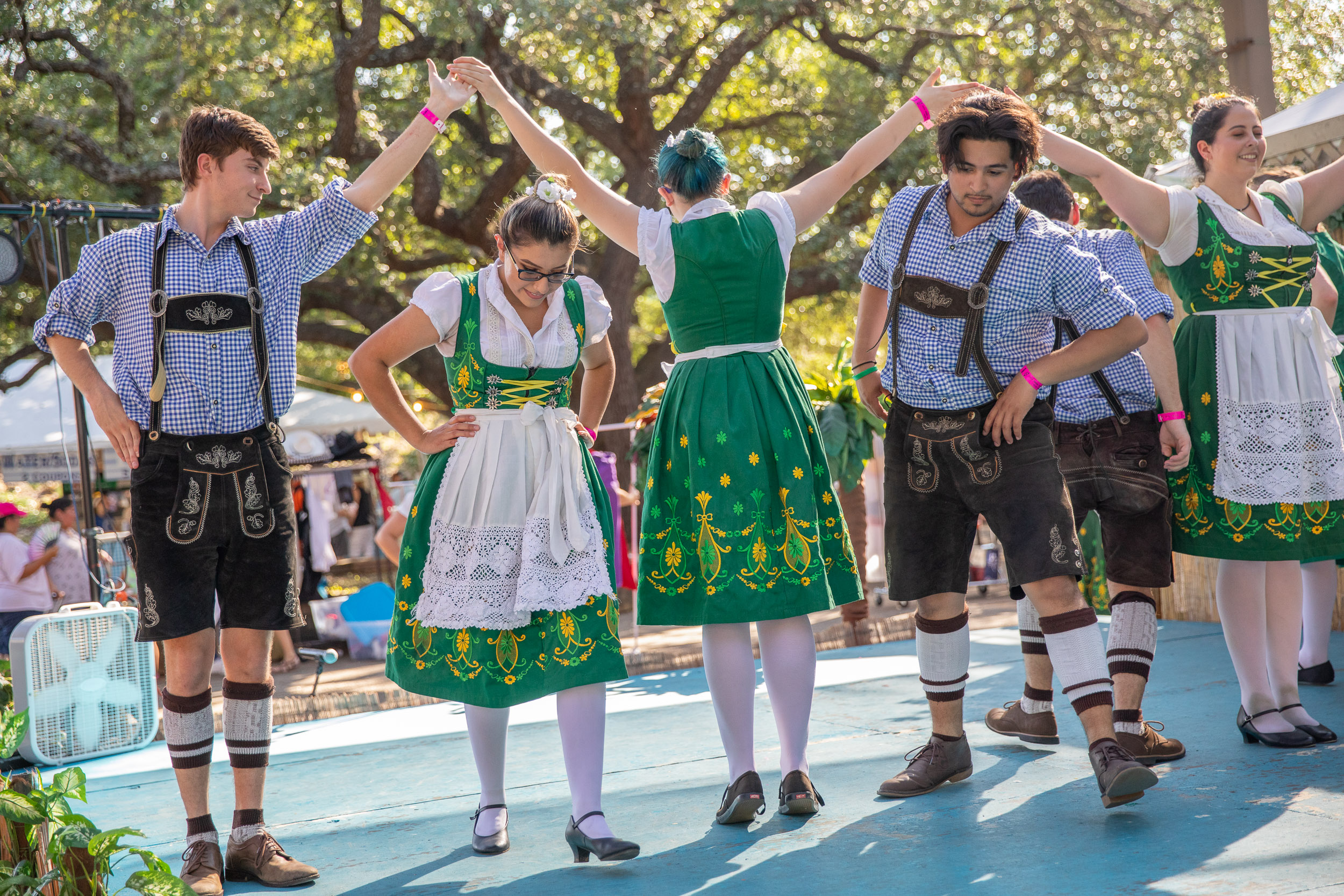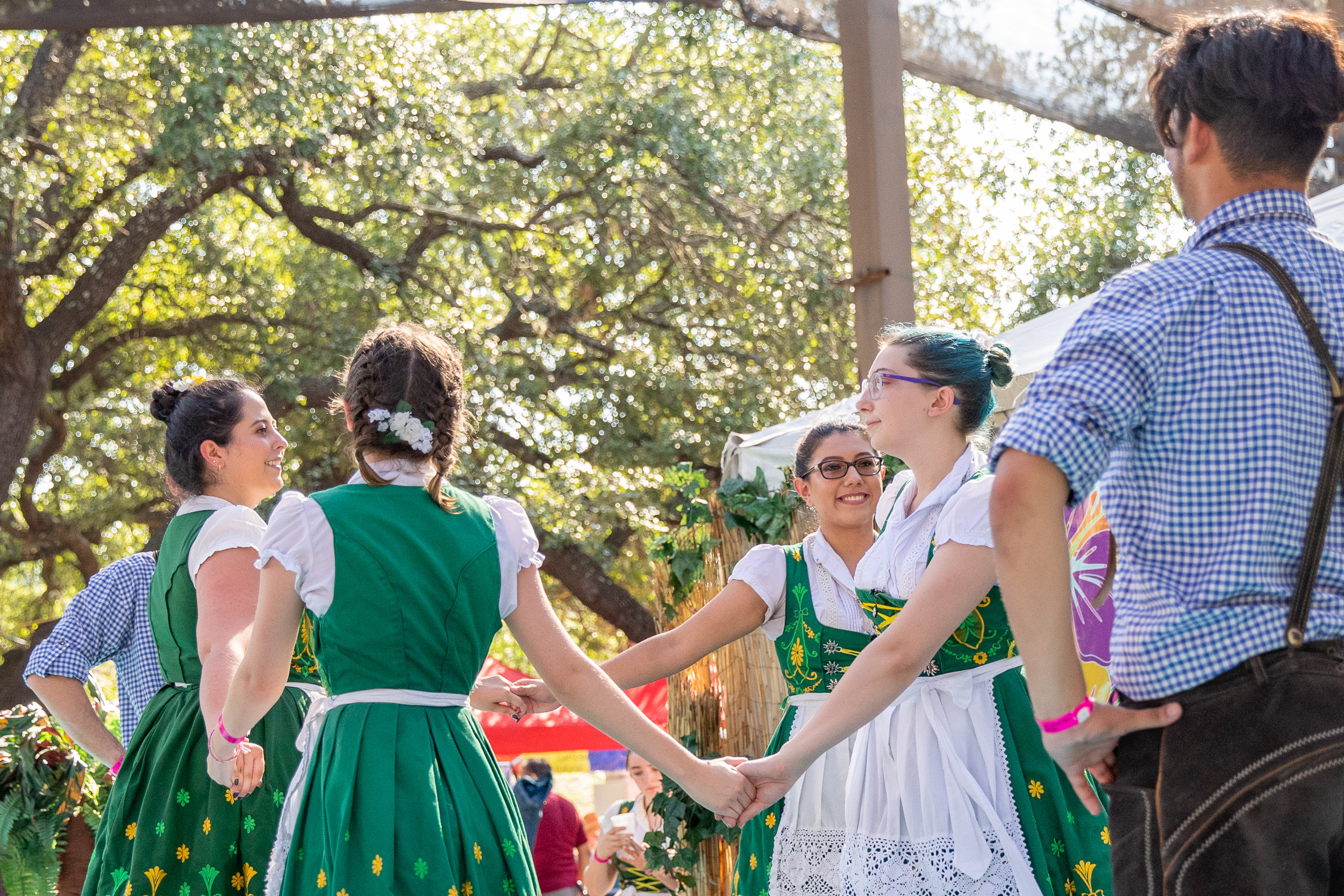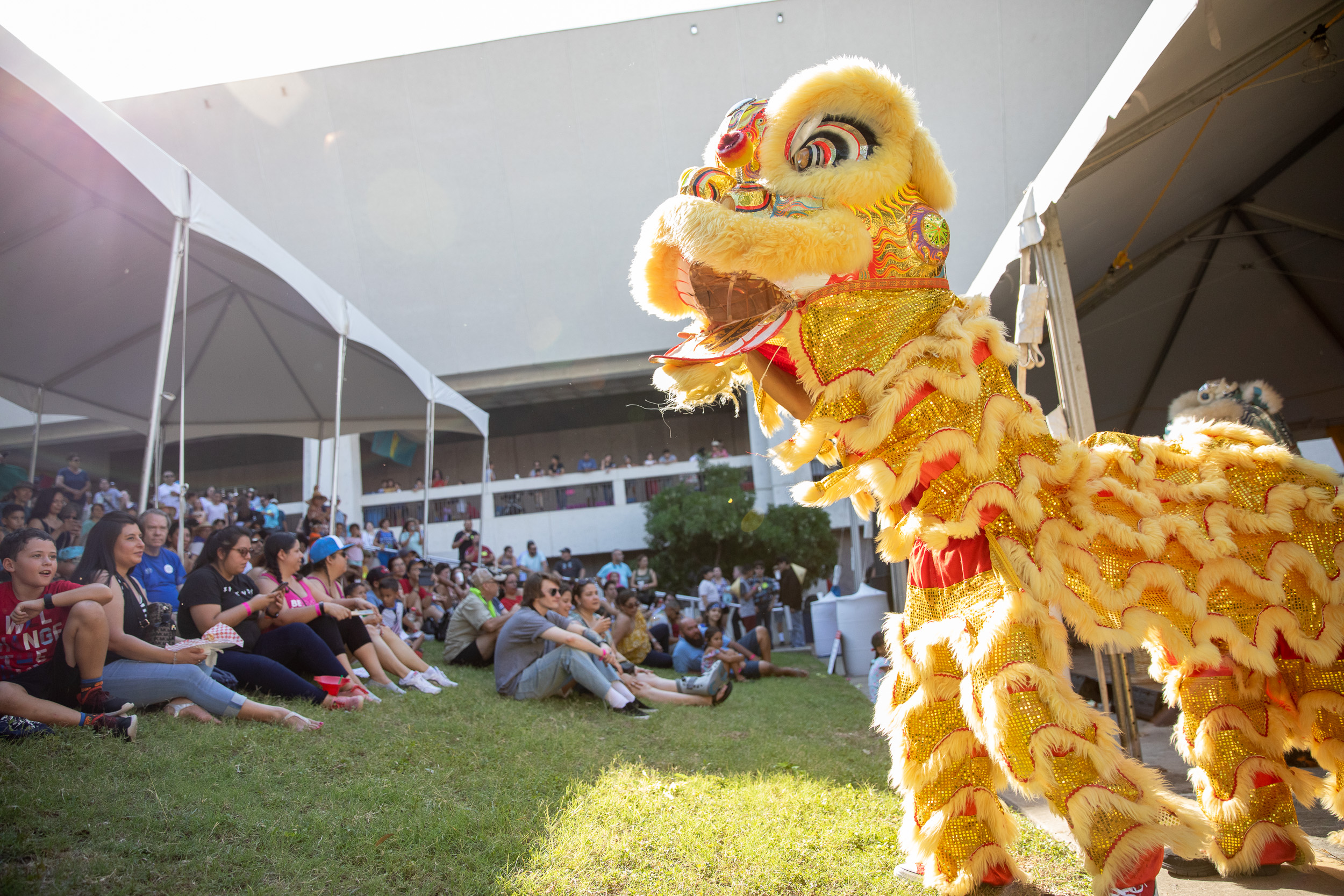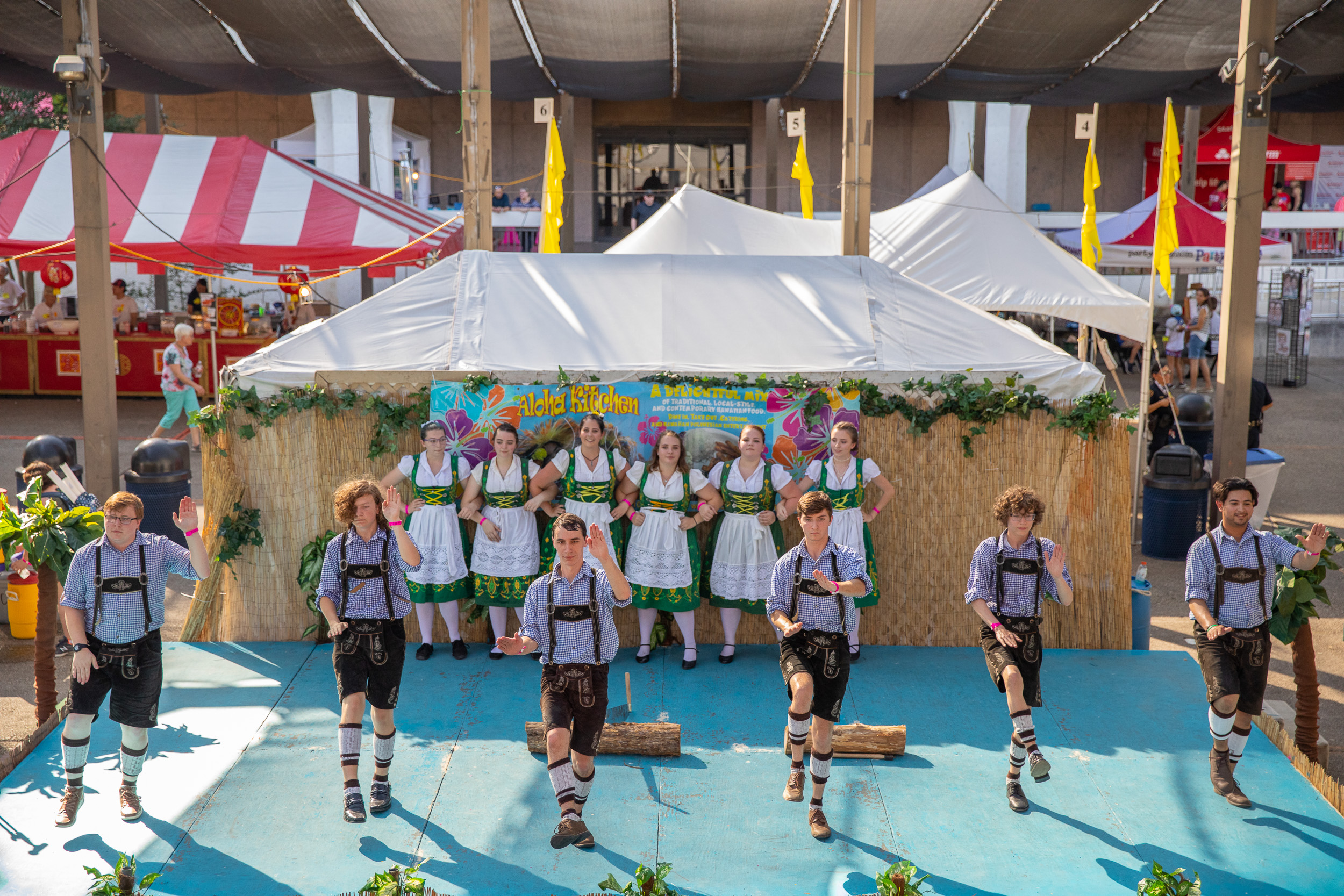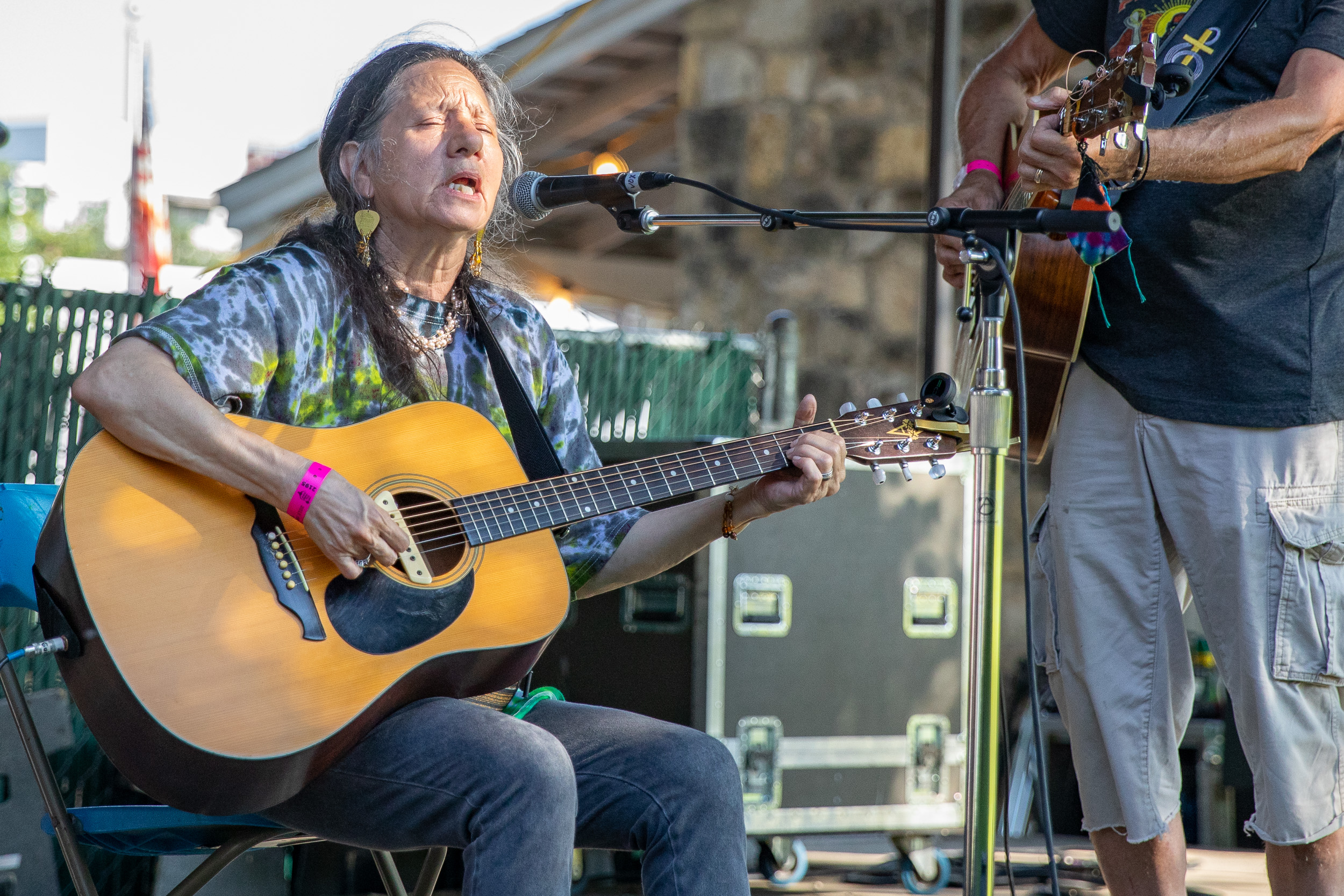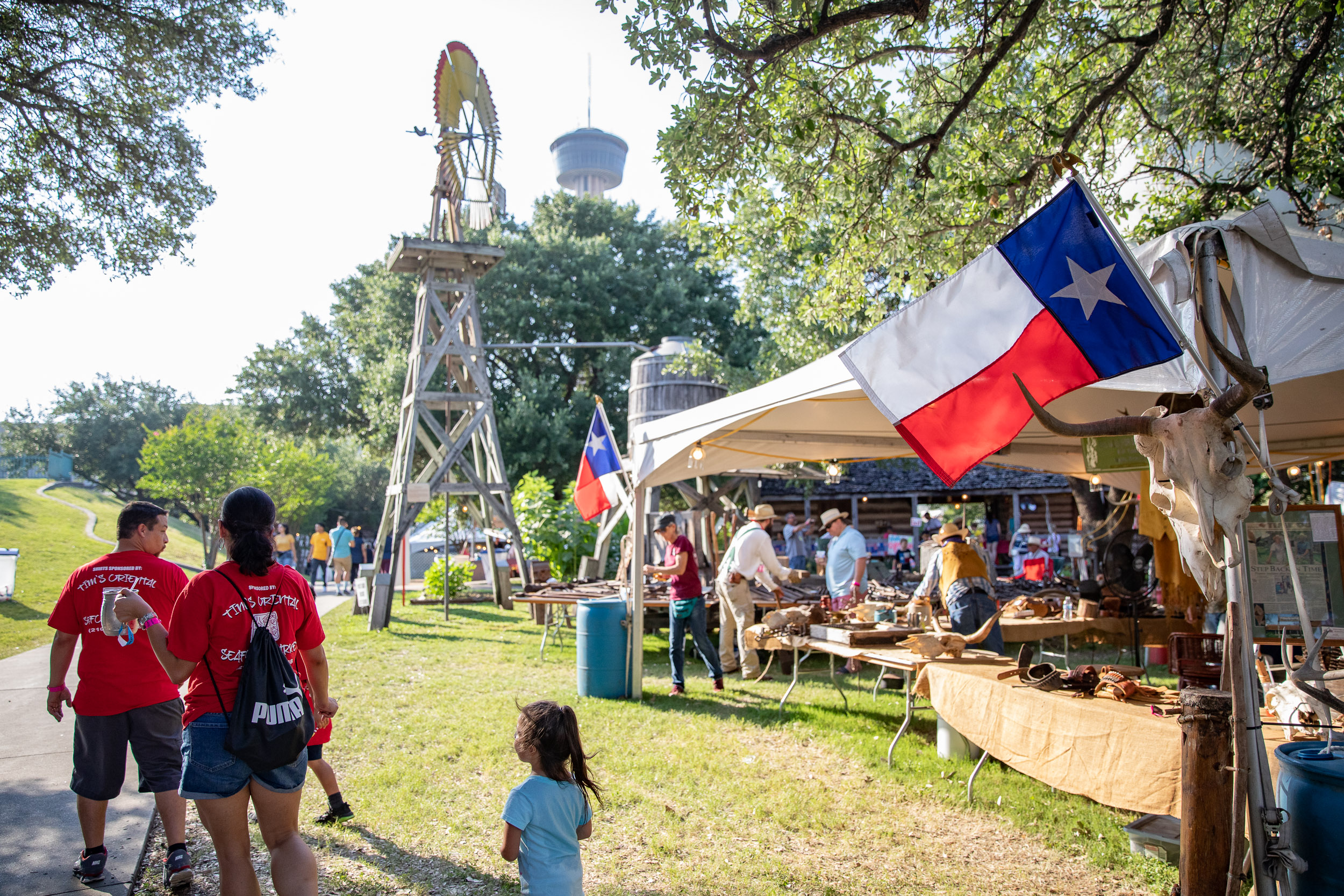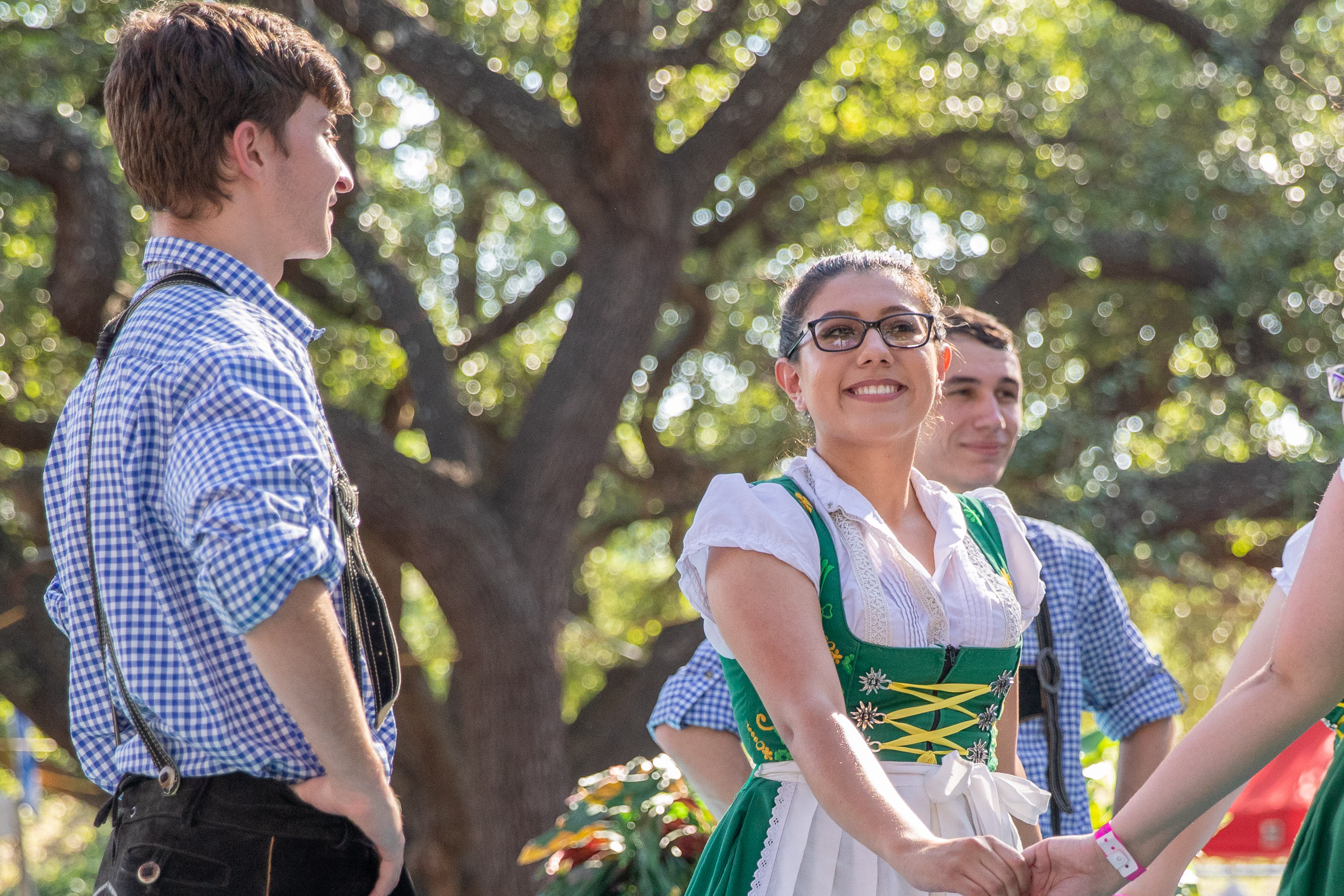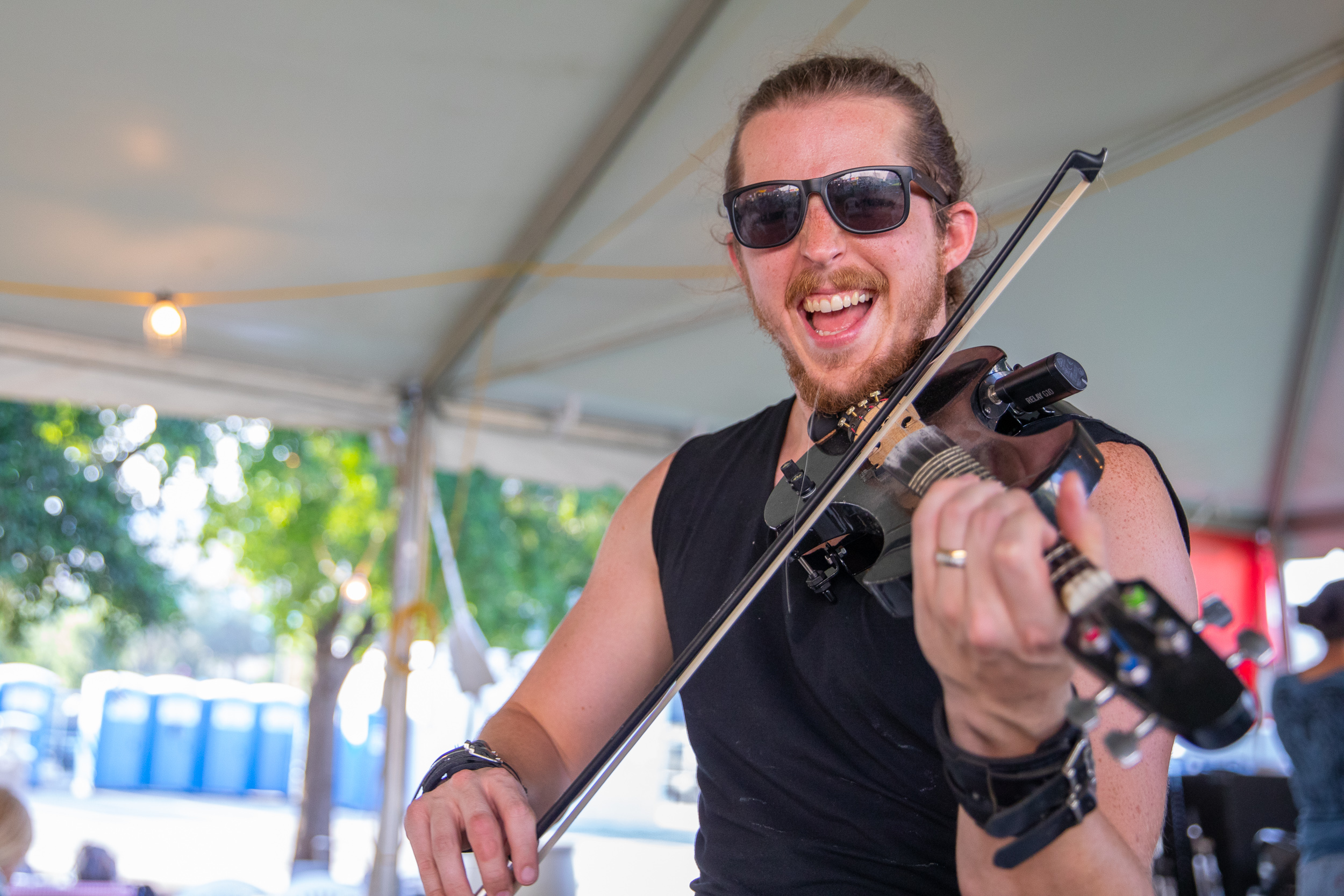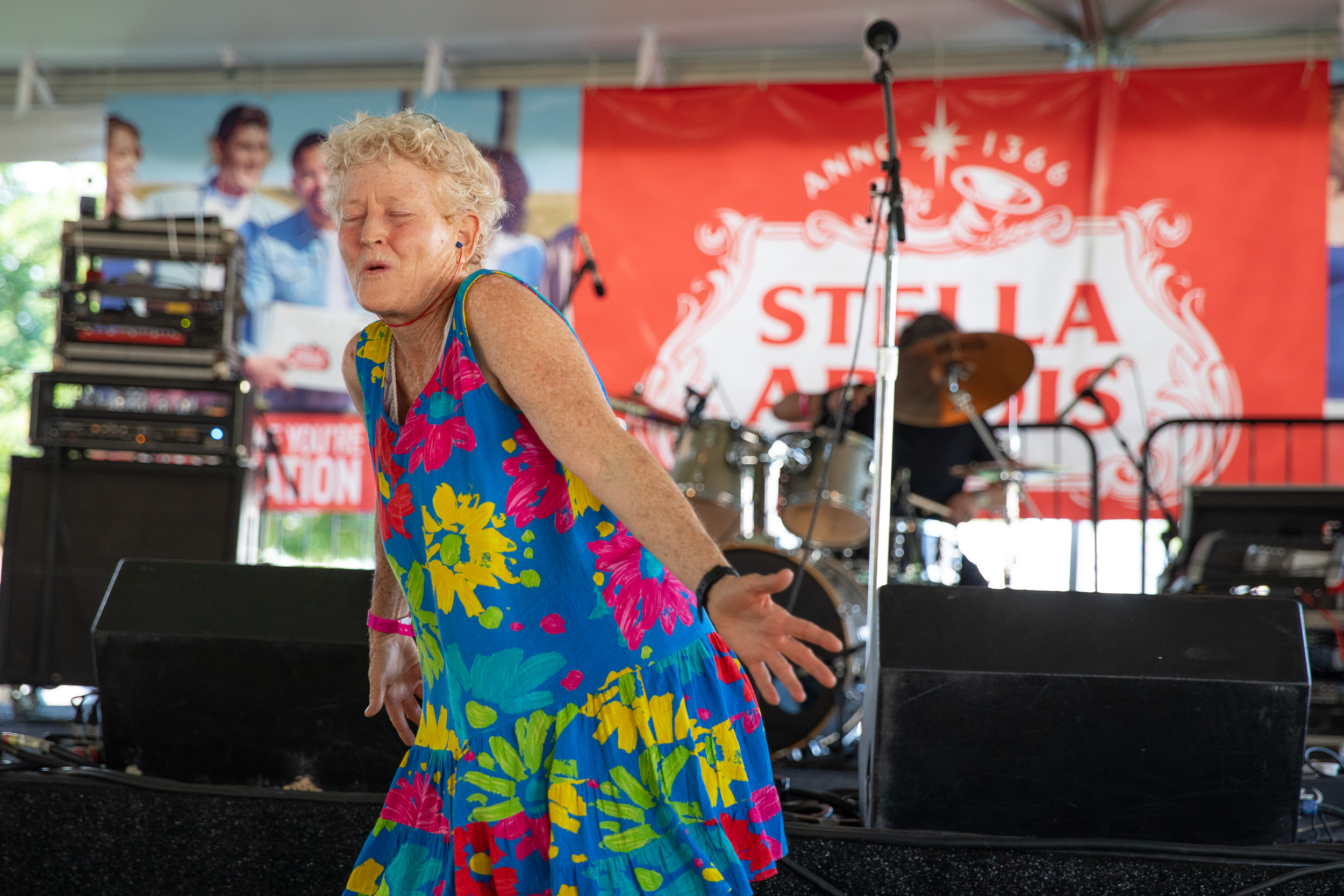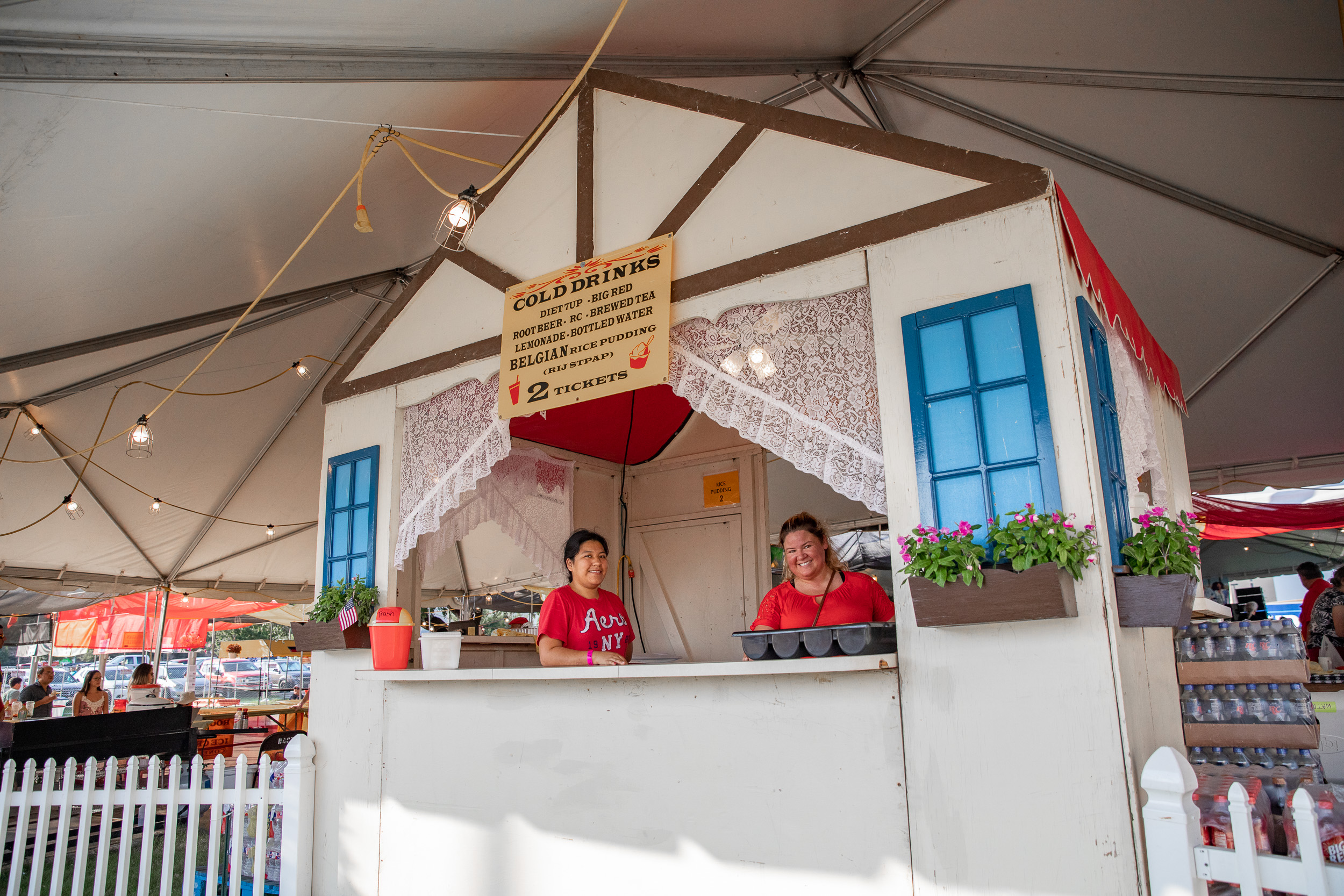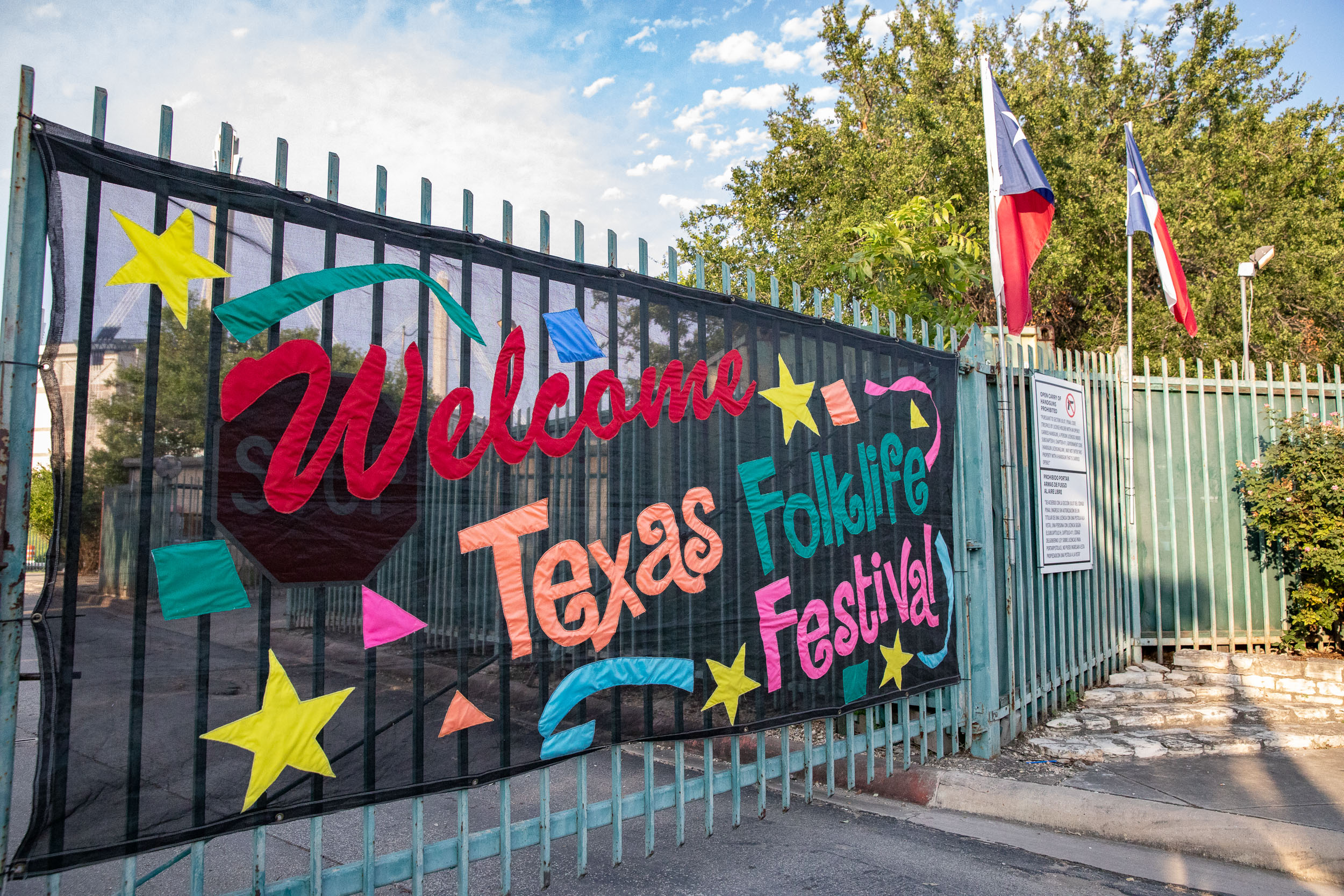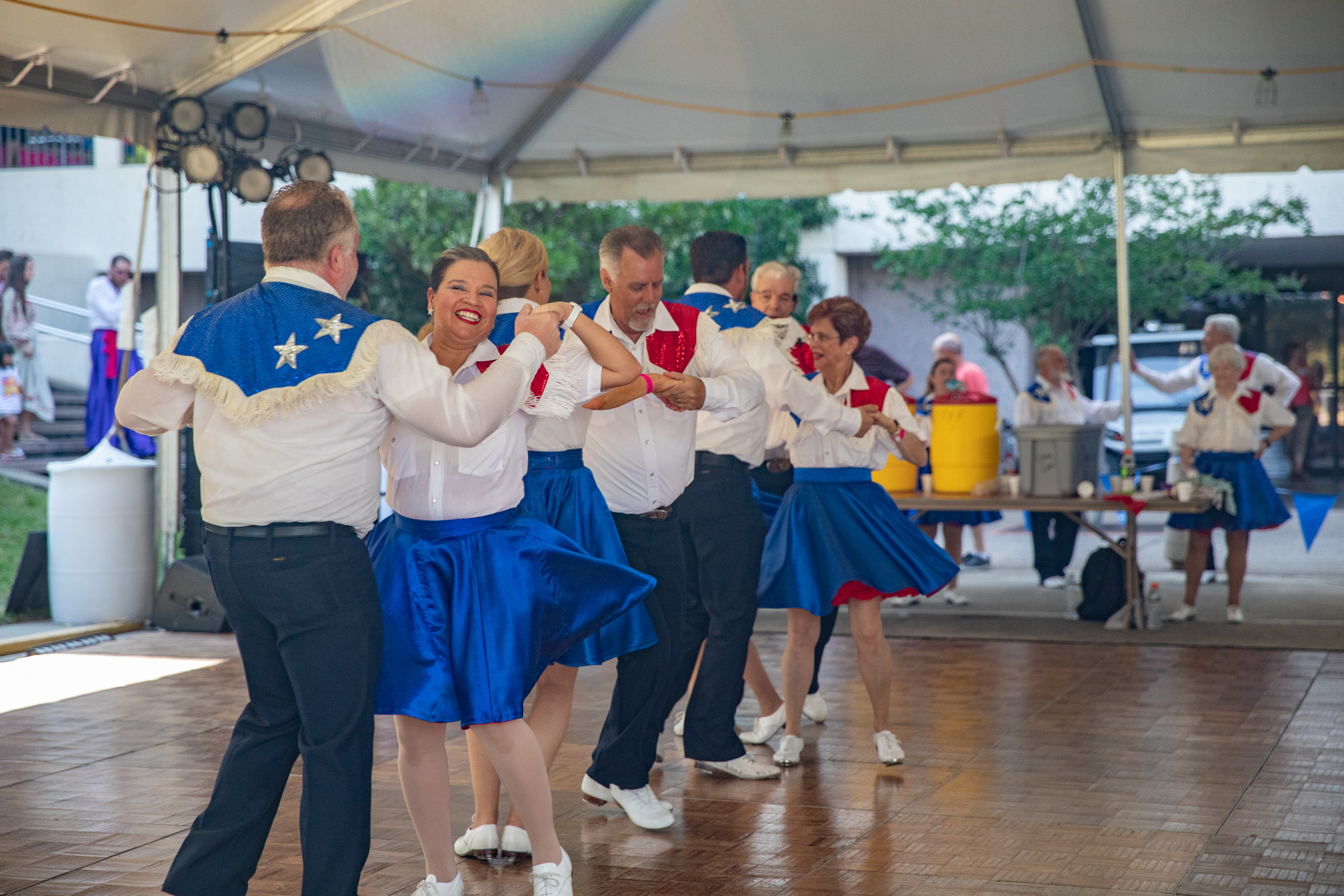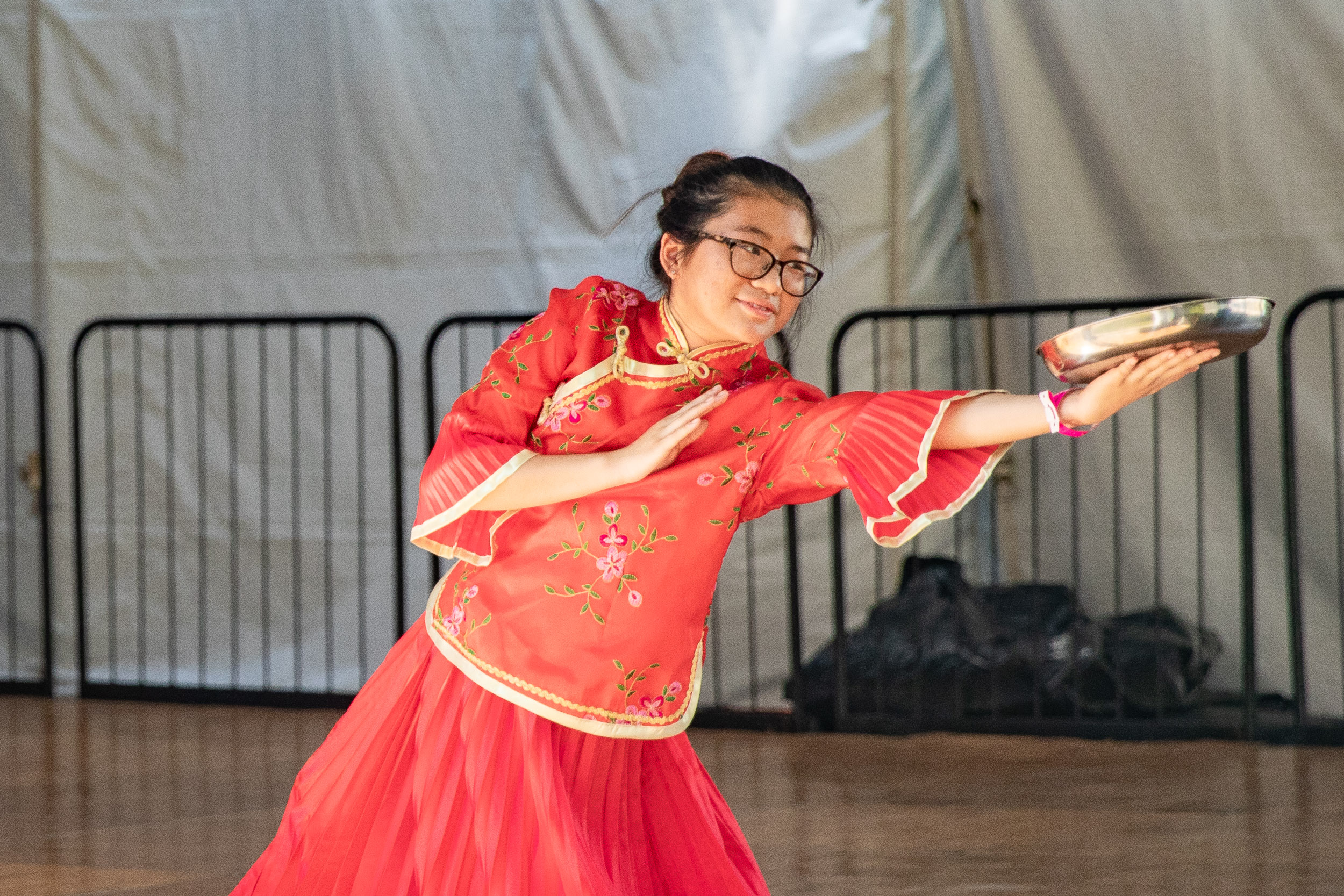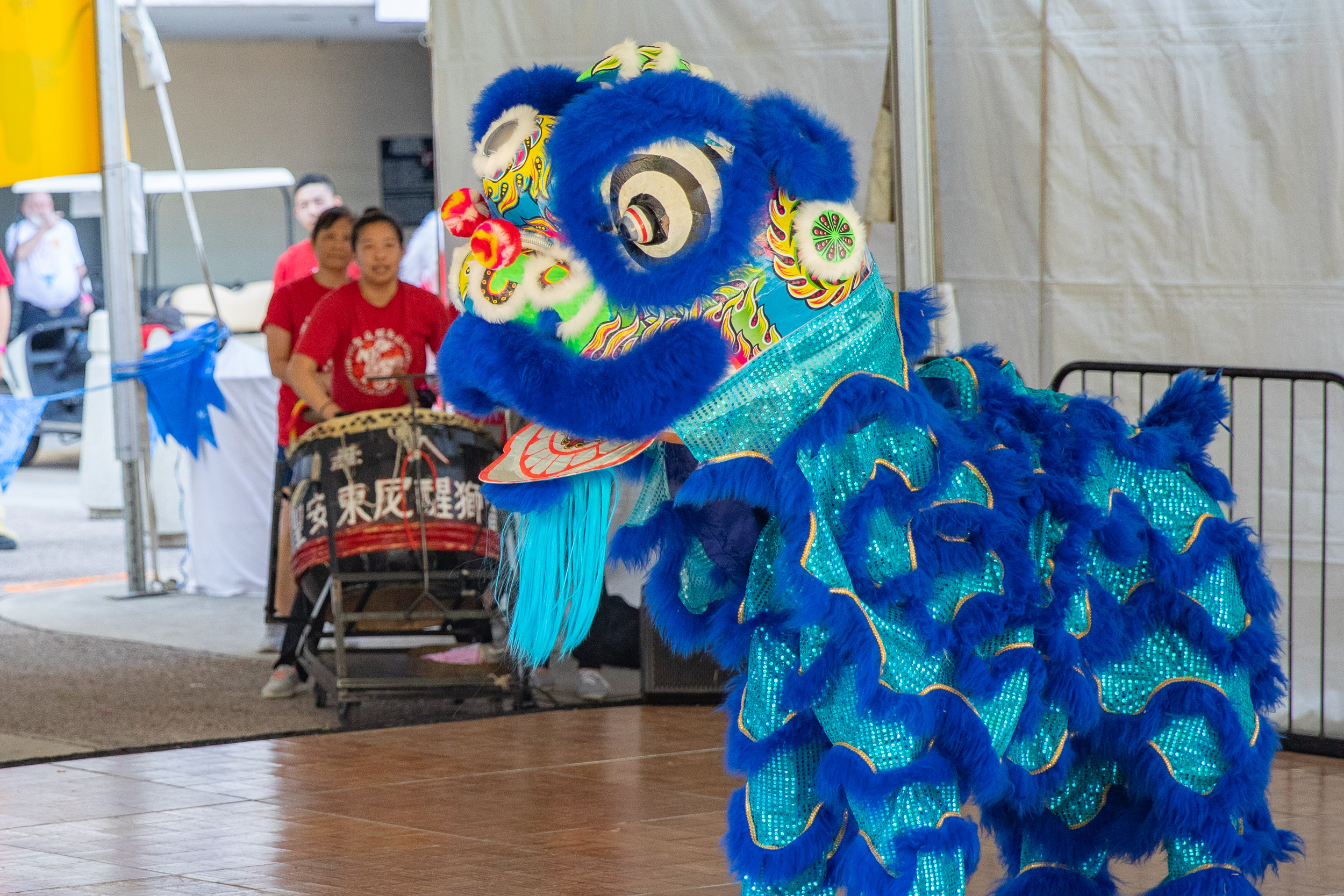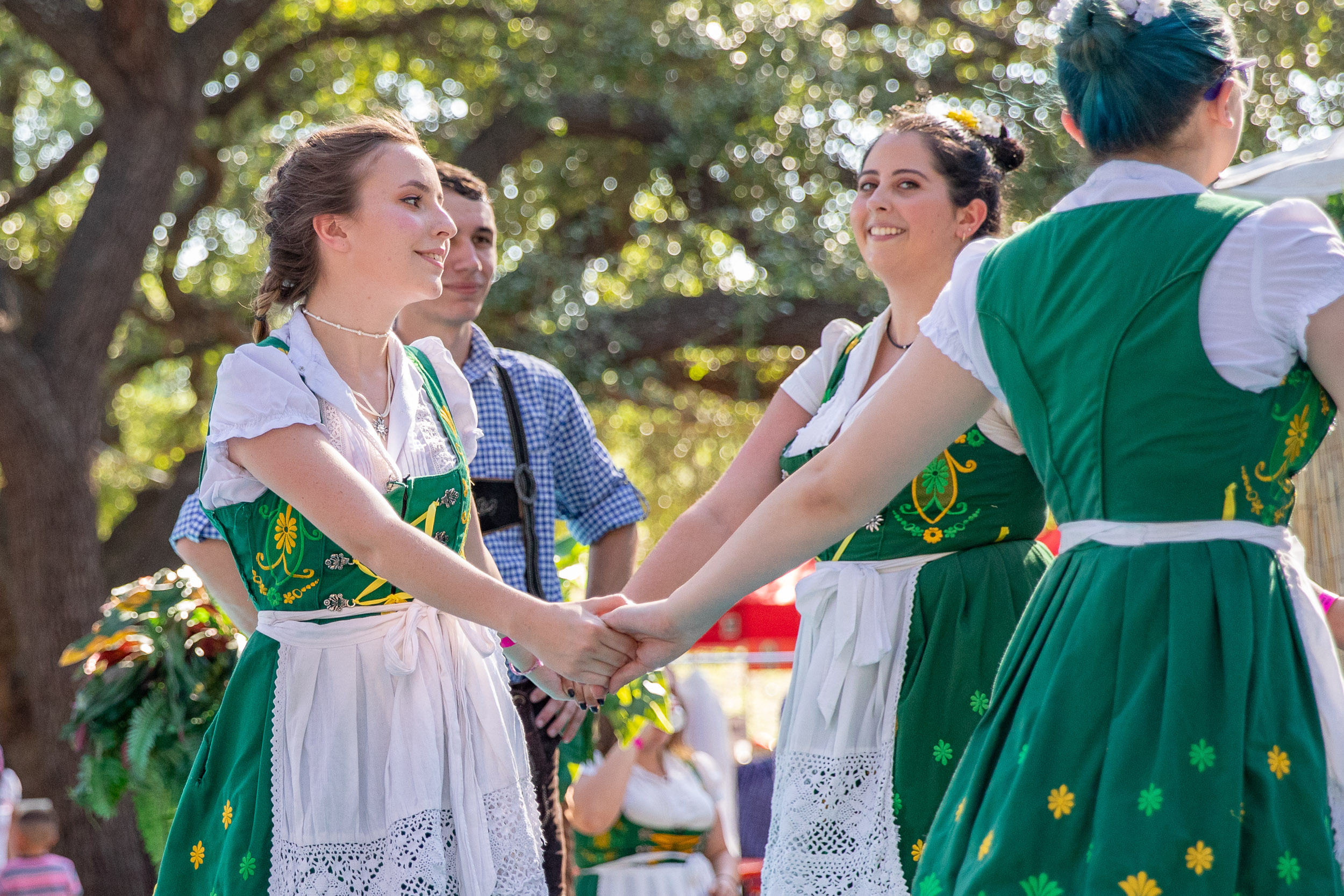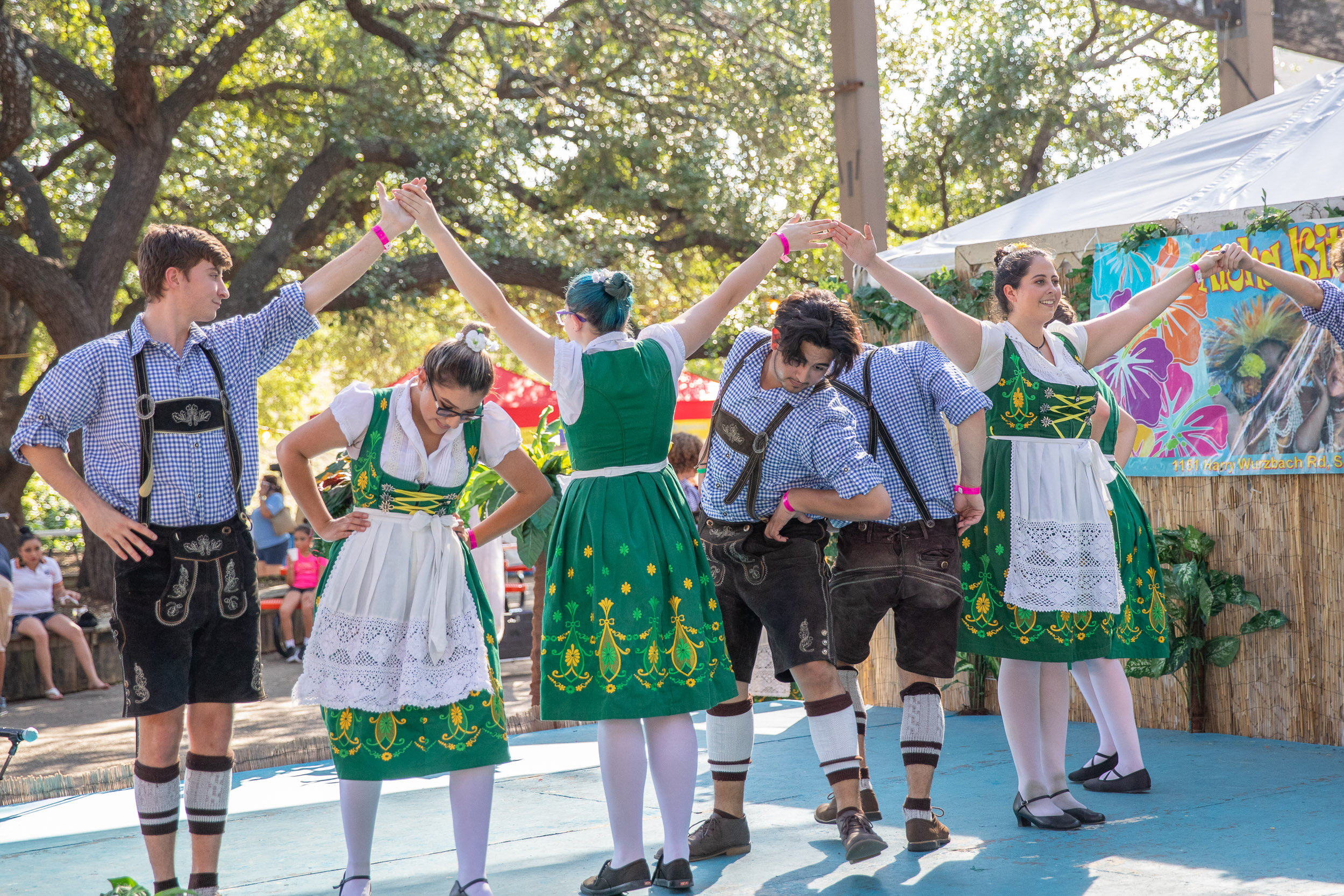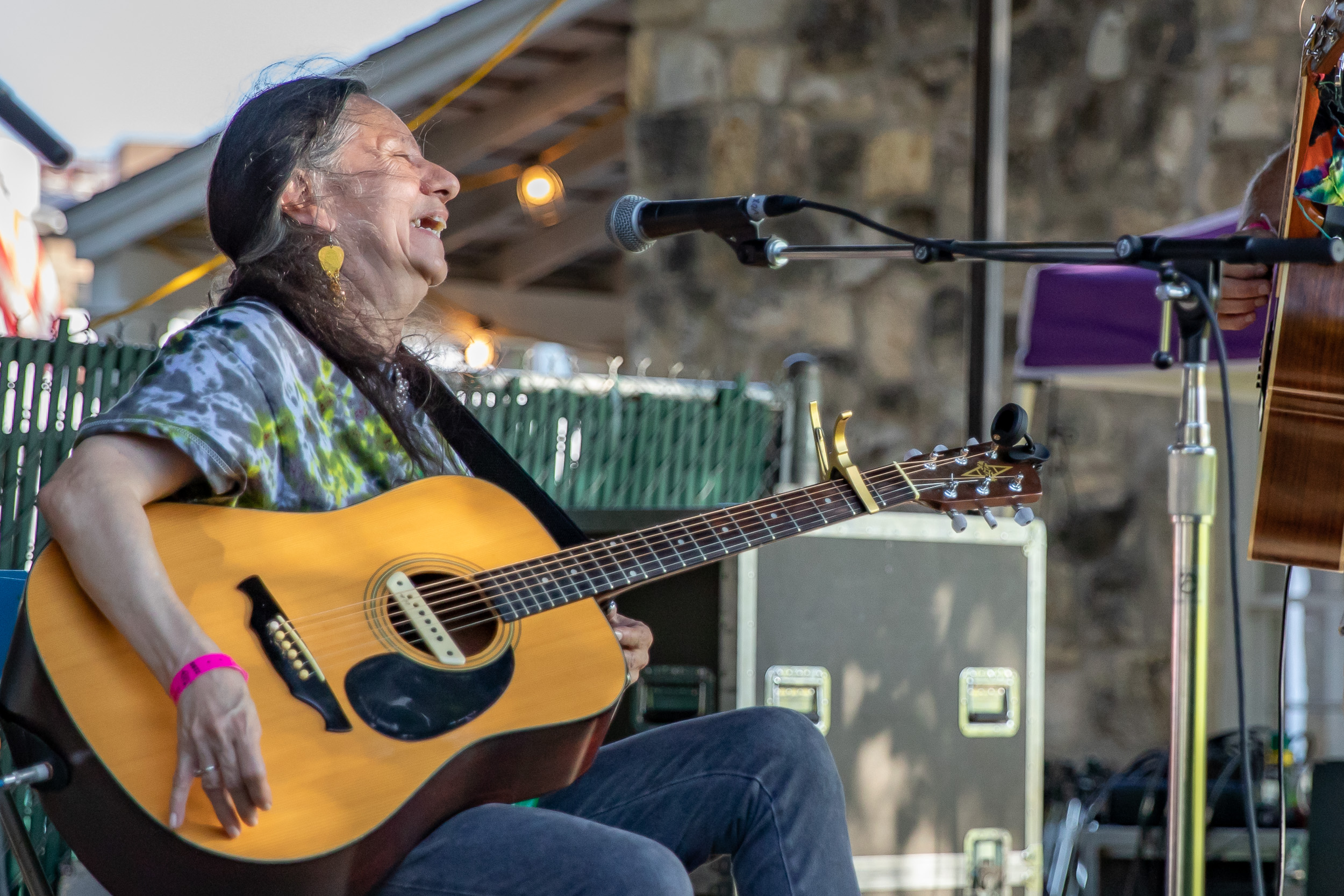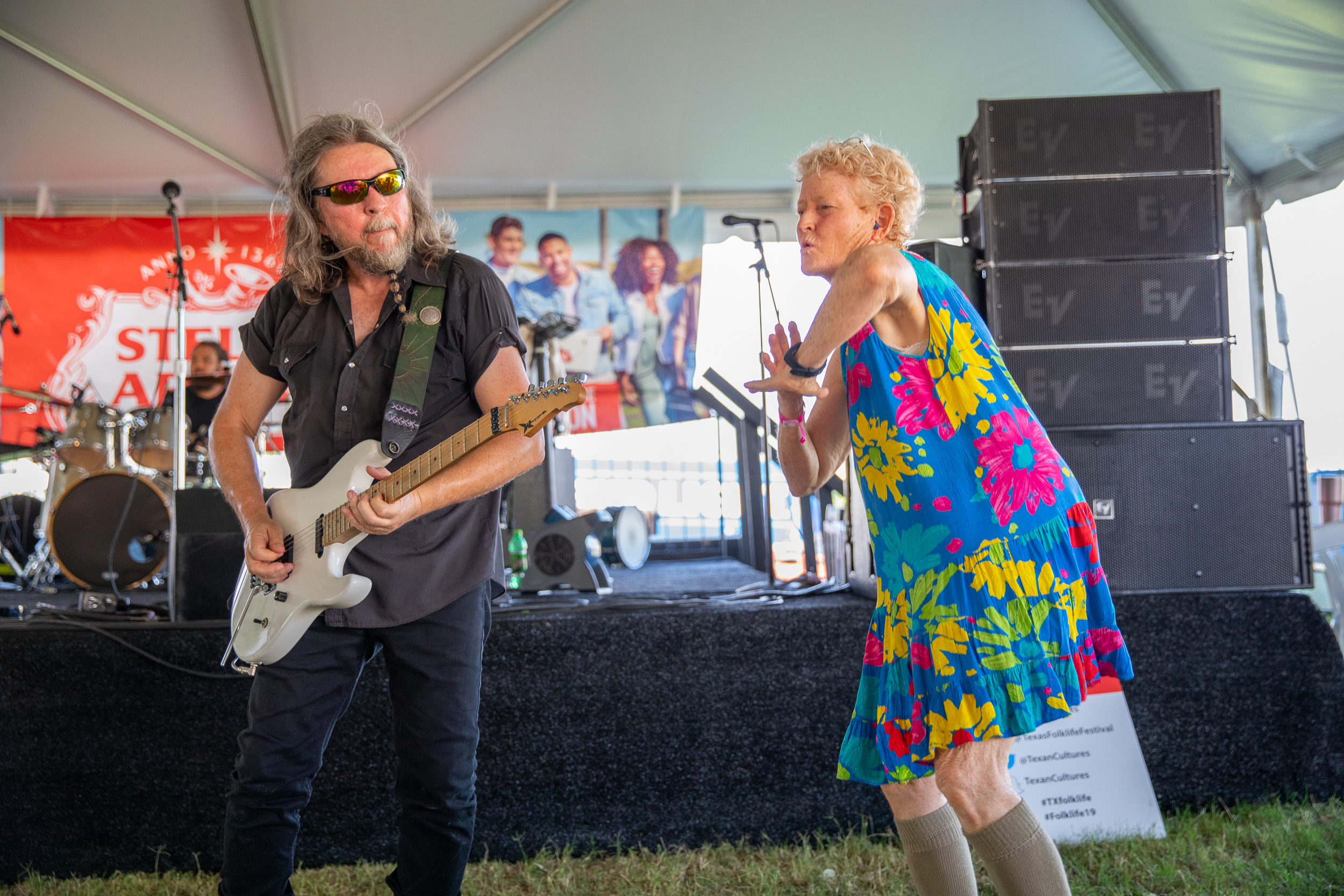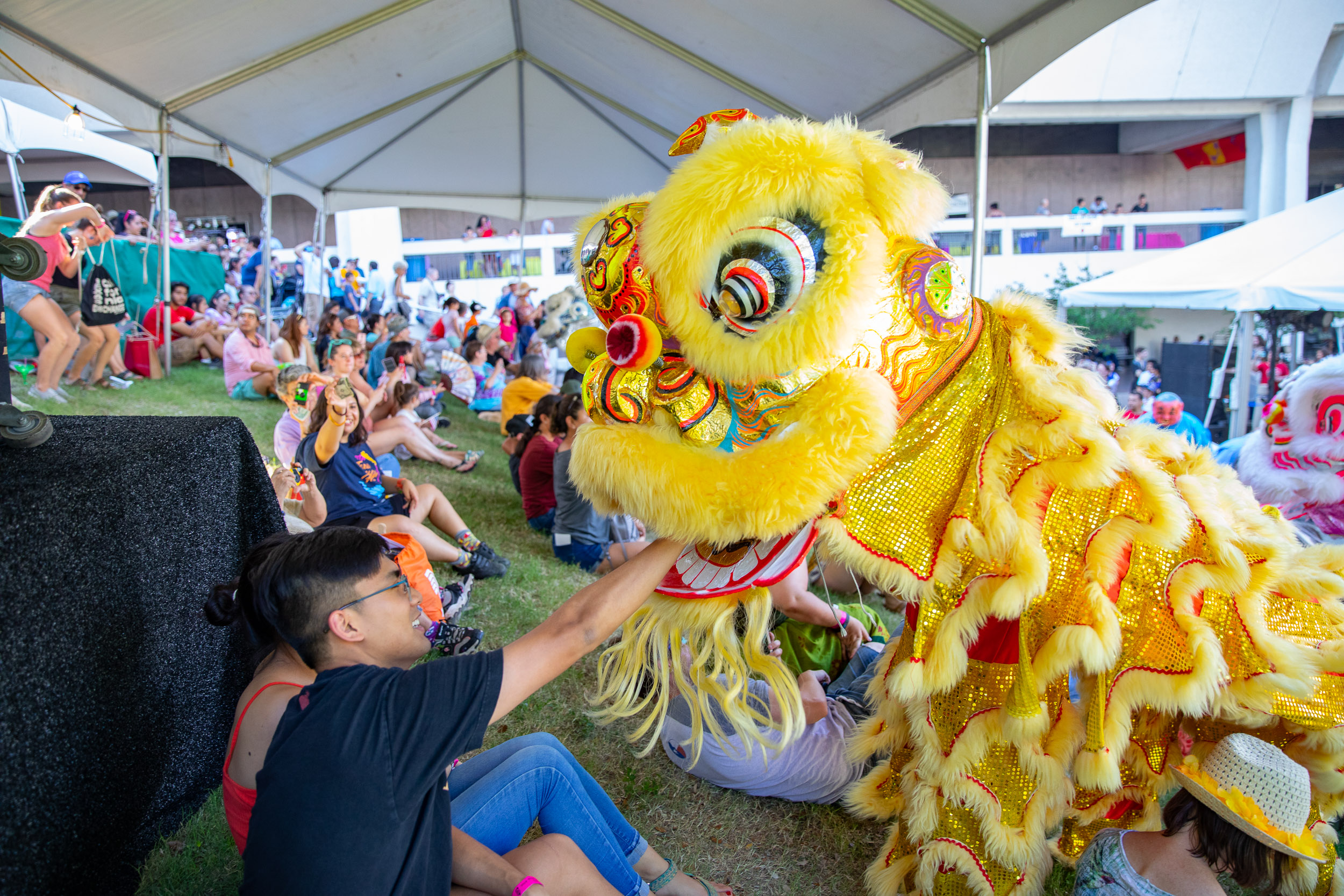The 48th Texas FolkLife Festival: Where History Feels Like Home
Musicians and dancers entertain the crowd at the Folklife Festival. (Photo by Joel Pena - Photographer, SA Sentinel)
On the grounds of the Institute of Texan Cultures, the Texas Folklife Festival comes alive year after year, experience after experience, with the audience learning something new each time. In its 48th year, the Texas Folklife Festival showcased dances, food, art and even a few intermingled life lessons. With over 250 organizations representing more than 40 cultural groups with deep Texas roots, the festival is truly a unique experience. In today’s climate, some people might not feel like their cultures are being seen or represented, but at the Texas Folklife Festival, they have a platform to grow and share in an experience like no other.
“Folklife has been a real stage. It’s given a lot of these communities a voice,” said James Benavides, Senior Communications Specialist at the Institute of Texas Cultures.
The Great State of Texas has been built with the input of not only several different cultures, but with the stories these cultures brought with them. A prominent Texas musician, Leti Del La Vega’s family has lived in Texas for over 300 years. Having completed her family tree, she now sings about her Texas roots. Growing up, Del La Vega spent time living both in Texas and at their family ranch in Mexico. Due to this unique experience, she was influenced by different styles of music from both cultures with her family who has played music for generations.
Del La Vega entertains the crowd at the Folklife Festival. (Photo by Joel Pena - Photographer, SA Sentinel)
Having been encouraged to become a musician by her musically-gifted parents, Del La Vega described what it was like to grow up in her household. “My mom and dad were a duet their whole lives,” said Del La Vega. “She (my mom) used to sing from house ranch to house ranch and throughout our lifetime, my daddy tried to teach us how to play guitar and he made us learn some diddlys.”
Composing songs with subject matter ranging from her upbringing, to her family’s cemetery, to songs about her ancestors, Del La Vega’s music paints a picture of a unique familial history intertwined with that of the Lone Star State. “I'm just here to express and share this particular ranching family’s history…about 300 years of Texas history,” described Del La Vega.
Despite its extraordinary popularity, this San Antonio staple didn’t come to fruition overnight. O.T. Baker, the founding director, was commissioned in 1968 to prepare the Texas contingent for the national Smithsonian Folklife Festival. He later came back to Texas with the idea of creating a Folklife Festival specific to the state.
“In 1972, they managed to gather all these organizations from around the state to come show off what it’s like to be a part of their culture and to really learn by experiences,” Benavides said. “And that’s what folklife is all about. It’s to get to know your neighbors, (to) get to know the rest of Texas not just by reading about it in a book…it's about really getting to interact with them.”
Traditional dances are performed at the Folklife Festival. (Photo by Joel Pena - Photographer, SA Sentinel)
For many regular Folklife goers, the festival has become a tradition within their own families. Gloria Reyes, a native San Antonian, has brought her family to the festival for a majority of her children’s lives. “I brought my family for years and now my daughter brings her family each year so we can learn from other cultures and see what we don’t see on a daily basis,” stated Reyes. “Coming from Mexican culture growing up, it amazes me to see the similarities in other cultures with ours. The same love we have for our traditions and the same willingness to learn from each other…the similar ways we prep food, it’s just all so welcoming to see. In the end we all have one thing in common and it's (that) we are all Texans.”
Hailing from the Rio Grade Valley, seventeen-year-old Victor Schmidt has been attending the festival with his family since the age of 13. He described the festival’s atmosphere as a very home-centric environment. “I love coming here because it makes me feel more at home so to speak,” described Schmidt. “I love where I live in the valley and my friends, don’t get me wrong, but being Mexican and German, it’s hard sometimes for others to relate to me. When I’m here I can see other Germans dancing to traditional German dances, then half an hour later I can see traditional Mexican dances and it gives me comfort and a sense of pride. I also like seeing people my age doing this. I feel like I can relate to them more and I talk to a few throughout the year through text and Facebook.”
An attendee interacts with the traditional Lion Dance performers. (Photo by Joel Pena - Photographer, SA Sentinel)
One of the crowd’s favorite events is organized by the San Antonio Lion Dance Association. Their dances consist of young children coming together to perform traditional Chinese folk dances including the famed Lion Dance. “I’ve been with them for 19 years, and I remember coming to see them before I joined,” said Christina Lew who used to be one of the dancers and is now one of the instructors. “All the kids are always excited, and this is one of the main things they are building towards and looking forward to so this (Folklife Festival) and the Asian Festival are the two big performances they look forward to.”
After interacting with different folks around the festival, one thing becomes clear: we may speak differently, tell stories in other languages, dance to a different tune, and eat vastly different cuisines, but like Gloria Reyes says, "we all have one thing in common, and it's that we are all Texans.”

